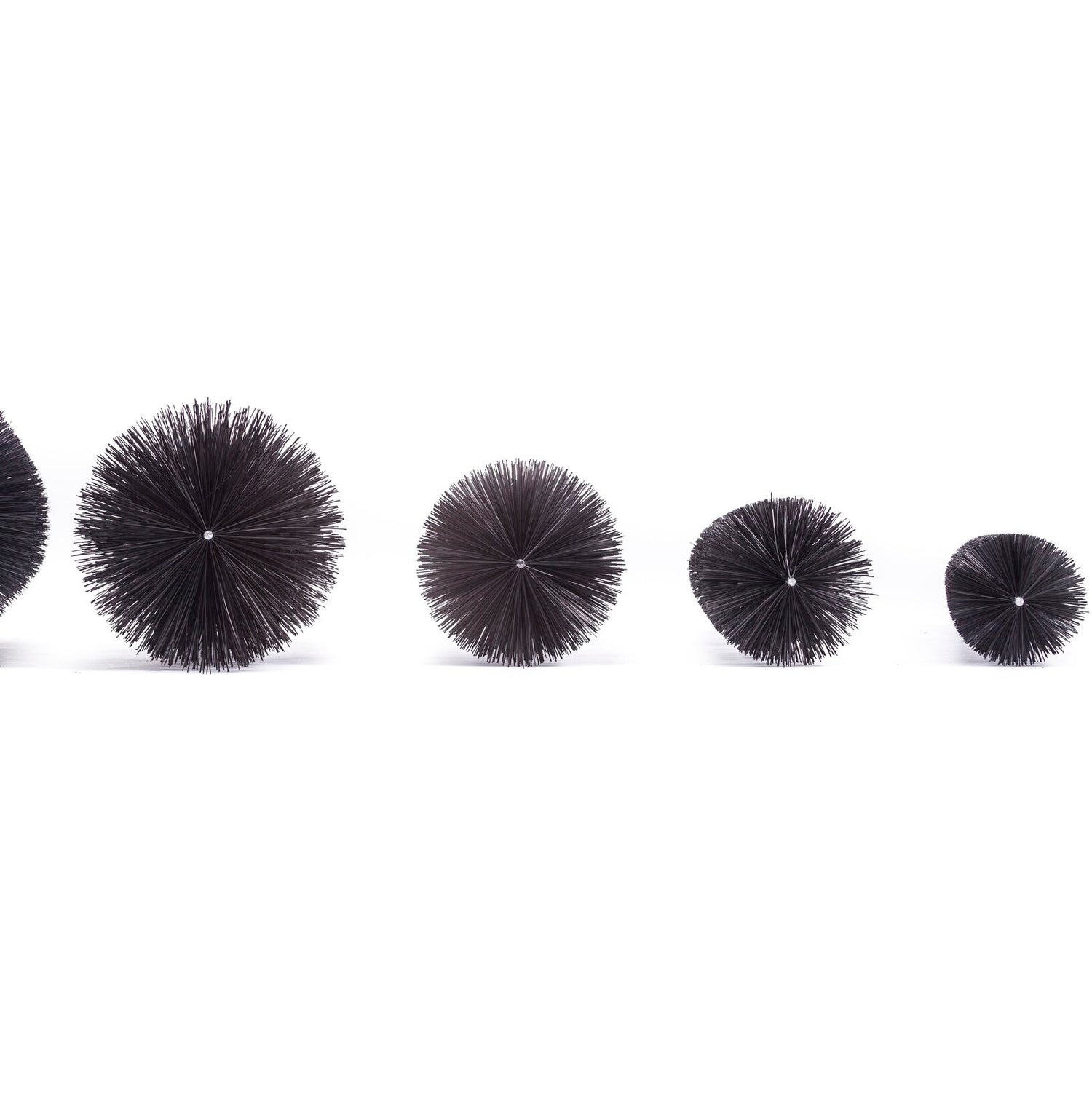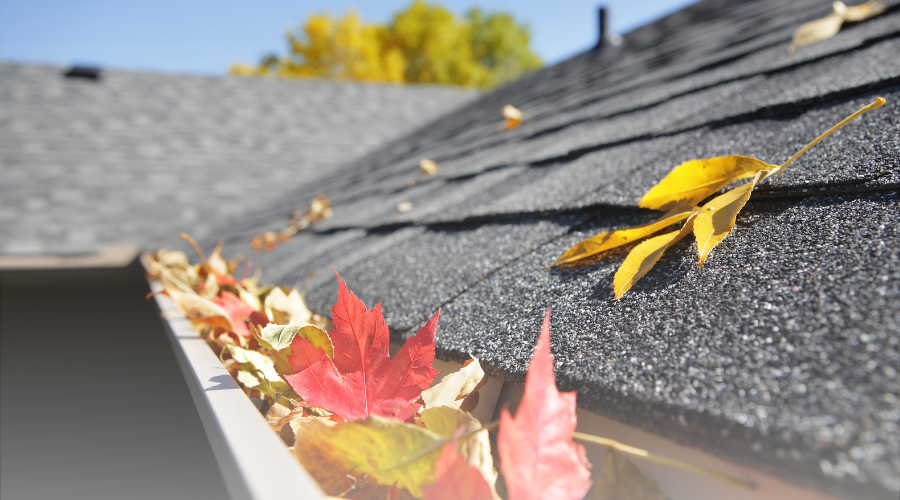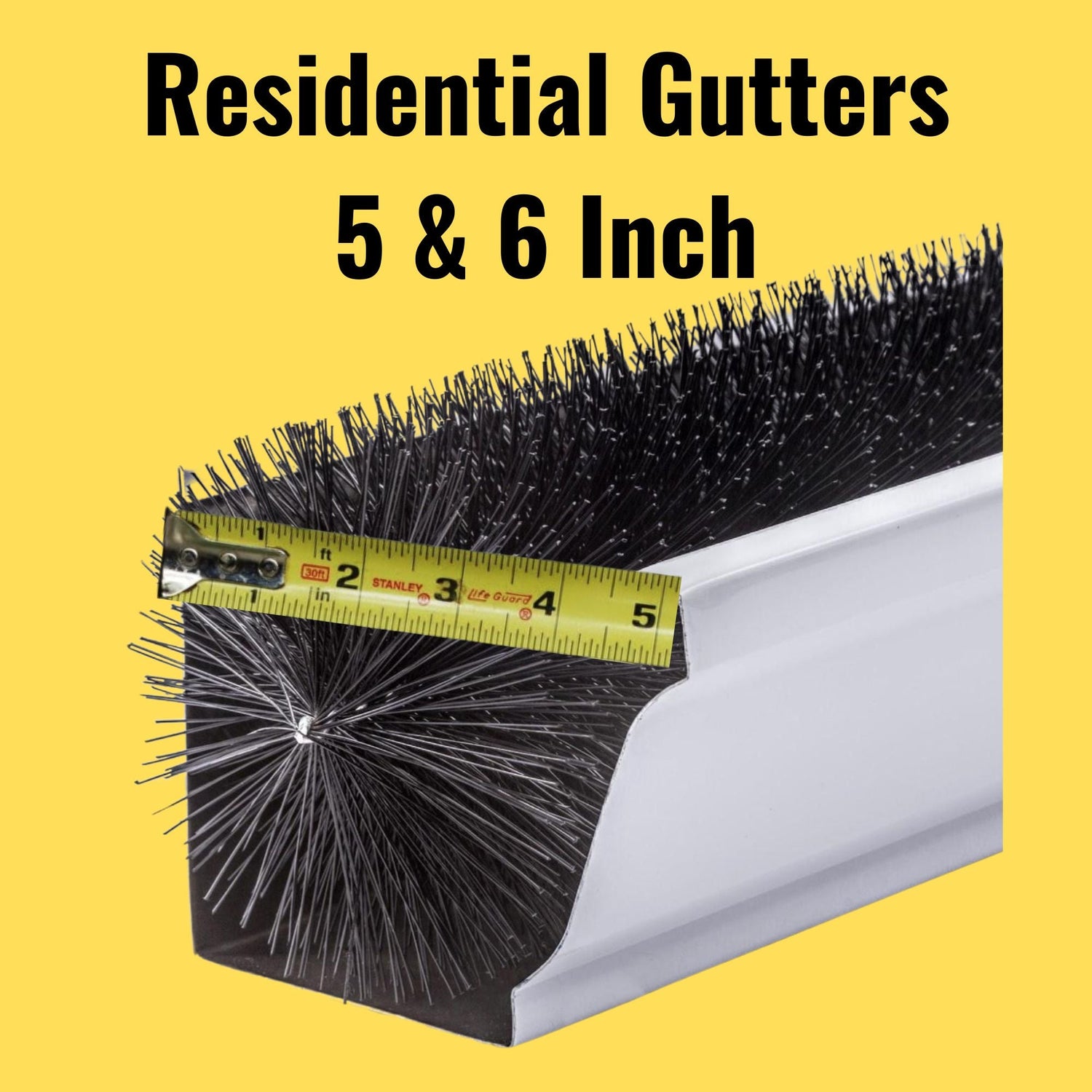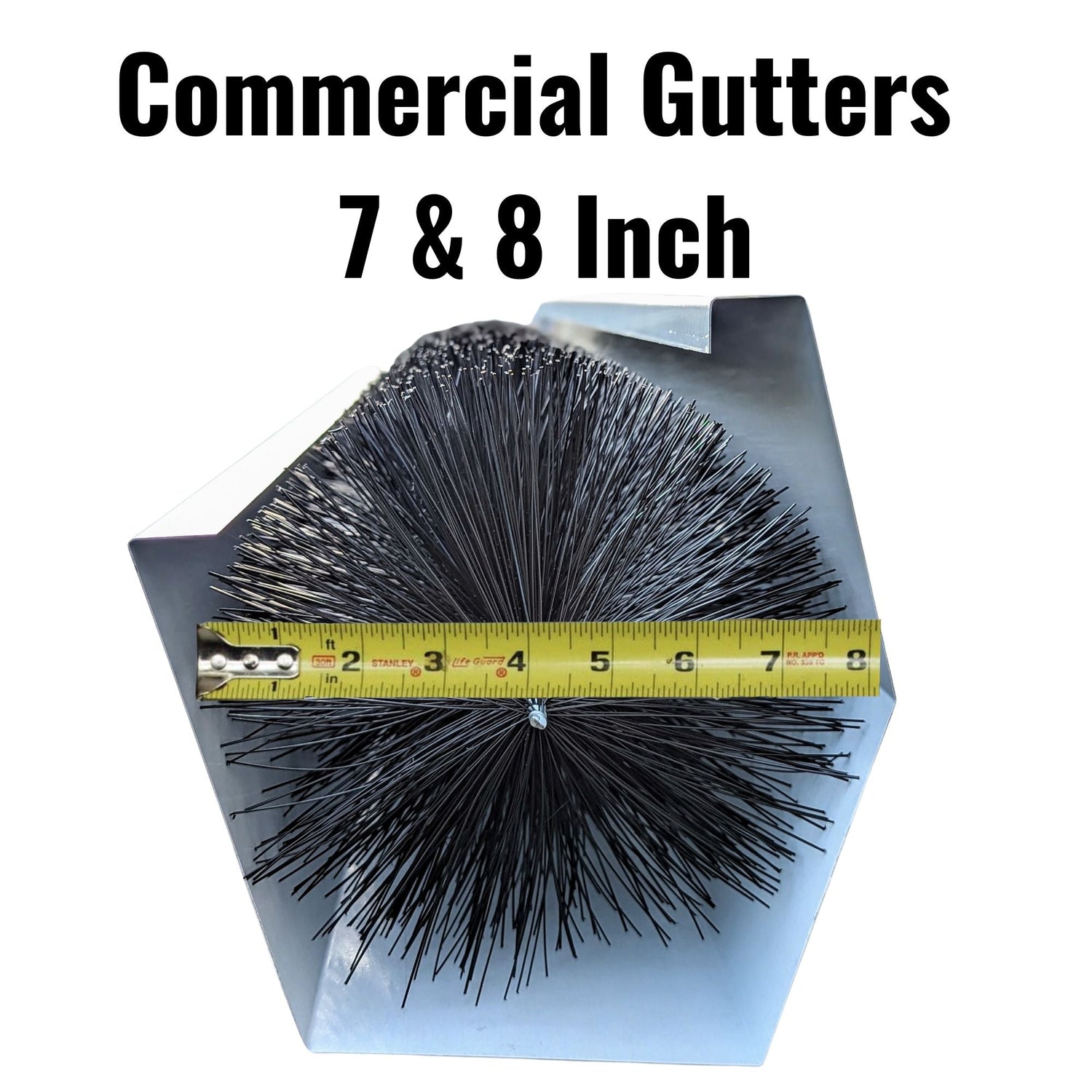Maintaining the efficiency of your home’s gutter system is essential for protecting your property from water damage, pests, and other issues. One of the tools that can help keep your gutters functioning properly is a gutter strainer. But what exactly is a gutter strainer, and how does it benefit your gutter system? In this comprehensive guide, we’ll explore the pros and cons of using a gutter strainer, providing you with the information you need to decide if it’s the right solution for your home.
What is a Gutter Strainer?
A gutter strainer, also known as a gutter leaf strainer, is a small device typically made of metal or plastic that is placed in the opening of a gutter downspout. Its primary function is to prevent leaves, twigs, and other debris from entering the downspout and causing clogs. By catching this debris at the point where it might enter the downspout, the gutter strainer helps maintain the flow of water through the gutter system, ensuring that rainwater is efficiently directed away from your home.
Gutter strainers come in various shapes and designs, but they all serve the same basic purpose: to keep debris out of the downspouts while allowing water to pass through. Some common types of gutter strainers include:
- Mesh Strainers: These are typically made from metal or plastic mesh and are designed to fit over the downspout opening. The mesh allows water to flow through while trapping leaves and other large debris.
- Dome Strainers: Shaped like a dome or cone, these strainers are inserted into the downspout opening and are designed to catch debris while still allowing water to pass around the sides.
- Brush Strainers: Similar to brush gutter guards, these strainers use bristles to catch debris. The flexible bristles allow water to pass through while preventing leaves and twigs from entering the downspout.
How Does a Gutter Strainer Work?
A gutter strainer is installed at the top of the downspout where it connects to the gutter. As water flows through the gutter, it passes through the strainer, which catches any large debris that might otherwise enter the downspout. The water continues to flow through the strainer and into the downspout, while the debris remains trapped at the top.
By preventing debris from entering the downspout, the gutter strainer helps maintain a clear waterway, reducing the risk of clogs and ensuring that rainwater is efficiently channeled away from the home’s foundation. This simple yet effective tool can make a significant difference in the overall performance of your gutter system.
Pros of Using a Gutter Strainer
There are several advantages to using a gutter strainer, making it a valuable addition to your gutter maintenance routine. Here are some of the key benefits:
1. Clog Prevention
The primary advantage of using a gutter strainer is its ability to prevent clogs in the downspouts. Downspout clogs can lead to a range of issues, including water overflow, foundation damage, and even basement flooding. By catching debris before it enters the downspout, a gutter strainer helps ensure that water flows freely through the gutter system, reducing the risk of these problems.
2. Reduced Maintenance
Gutter maintenance can be a time-consuming and often dangerous task, particularly for homeowners with multi-story homes. A gutter strainer can significantly reduce the frequency of gutter cleaning by preventing large debris from entering the downspouts. While you will still need to remove the trapped debris from the strainer itself, this task is generally much easier and quicker than cleaning out a clogged downspout.
3. Protects Your Home’s Foundation
When downspouts become clogged, water can overflow from the gutters and pool around the foundation of your home. Over time, this can lead to foundation cracks, soil erosion, and even basement flooding. By keeping your downspouts clear, a gutter strainer helps protect your home’s foundation from these water-related issues.
4. Prevents Pest Infestations
Clogged gutters and downspouts are attractive to pests such as mosquitoes, rodents, and birds, which are drawn to the stagnant water and debris. These pests can create nests in the gutters, leading to further clogs and potentially finding their way into your home. A gutter strainer helps keep gutters and downspouts clear, reducing the likelihood of attracting pests and preventing infestations.
5. Cost-Effective Solution
Compared to the potential costs of repairing water damage, foundation issues, or dealing with pest infestations, gutter strainers are a relatively low-cost investment. They are affordable, easy to install, and provide significant protection for your home’s gutter system. This cost-effectiveness makes them an attractive option for homeowners looking to improve their gutter maintenance without incurring high expenses.
6. Easy Installation
Most gutter strainers are designed for easy installation and can be placed in the downspout opening without the need for professional help. Whether you choose a mesh, dome, or brush strainer, the installation process is typically straightforward and requires minimal tools. This ease of installation makes gutter strainers an accessible option for homeowners of all skill levels.
Cons of Using a Gutter Strainer
While there are many benefits to using a gutter strainer, it’s also important to consider the potential drawbacks. Here are some of the limitations and challenges associated with gutter strainers:
1. Regular Cleaning Required
One of the main disadvantages of using a gutter strainer is that it requires regular cleaning to remain effective. While the strainer prevents debris from entering the downspout, the trapped debris will eventually need to be removed. If the strainer is not cleaned regularly, it can become clogged, reducing water flow and potentially leading to the very issues it was designed to prevent.
2. Limited Effectiveness with Small Debris
Gutter strainers are highly effective at catching large debris like leaves and twigs, but they may not be as effective at filtering out smaller debris such as pine needles, shingle grit, or seeds. Over time, these smaller particles can accumulate in the strainer or downspout, potentially leading to clogs. For homes surrounded by trees that shed small debris, a more comprehensive gutter protection system may be necessary.
3. Possible Water Overflow
In some cases, if the strainer becomes clogged with debris and is not cleaned promptly, it can cause water to back up and overflow the gutter. This overflow can lead to water damage to the roof, fascia, and siding, as well as pooling around the foundation. To avoid this issue, it’s important to regularly inspect and clean the gutter strainer, particularly during the fall and after storms.
4. Not a Complete Solution
While a gutter strainer is an effective tool for preventing downspout clogs, it’s not a complete solution for gutter maintenance. It only addresses debris at the downspout opening and does not prevent debris from accumulating in the gutters themselves. For comprehensive protection, homeowners may need to consider additional gutter protection measures, such as brush gutter guards, which prevent debris from entering the gutters in the first place.
5. Durability Concerns
The durability of a gutter strainer can vary depending on the material and design. Plastic strainers, for example, may degrade over time due to exposure to UV rays and harsh weather conditions, leading to cracks and reduced effectiveness. Metal strainers are generally more durable, but they can also be prone to rust if not properly coated or maintained. It’s important to choose a high-quality strainer made from durable materials to ensure long-lasting performance.
Alternatives and Complementary Solutions
While gutter strainers are effective at preventing downspout clogs, they are most effective when used as part of a broader gutter protection strategy. Here are some complementary solutions and alternatives to consider:
1. Brush Gutter Guards

Brush gutter guards, such as GutterBrush, are a unique and highly effective solution for preventing debris from entering your gutters and causing clogs. These guards are designed to fit directly into the gutter, where they act as a barrier that stops leaves, twigs, and other debris from clogging the gutter system, while still allowing water to flow through freely. The simplicity and effectiveness of brush gutter guards make them an excellent alternative or complement to gutter strainers, providing comprehensive protection for your home’s gutter system.
How Brush Gutter Guards Work
Brush gutter guards consist of a cylindrical brush made from a galvanized steel wire core, which is surrounded by stiff, UV-protected polypropylene bristles. The brushes are flexible, allowing them to be easily inserted into gutters of various sizes and shapes. Once in place, the bristles create a physical barrier that prevents large debris from settling inside the gutter. Water can still flow around the bristles and through the gutter system, ensuring that rainwater is directed away from your home.
The bristles on the brush gutter guard are designed to trap larger debris like leaves and twigs while allowing smaller particles to pass through or be swept away by the wind. This design strikes an ideal balance between clog prevention and water flow, making it a versatile and effective solution for homeowners who want to minimize gutter maintenance.
2. Mesh Gutter Guards
Mesh gutter guards cover the entire gutter and prevent debris from entering. They are effective at keeping out leaves, twigs, and other large debris, but they may require occasional cleaning to remove accumulated dirt and smaller particles. Mesh gutter guards are a good option for homeowners looking for an all-in-one solution to gutter protection.
3. Downspout Screens
Downspout screens are similar to gutter strainers but are designed to be installed further down the downspout, typically where it meets the ground. These screens catch debris that may have bypassed other gutter protection measures, providing an additional layer of protection against clogs.
4. Regular Gutter Maintenance
Regardless of the gutter protection measures you choose, regular gutter maintenance is essential for keeping your system in good working order. This includes inspecting gutters and downspouts for debris, cleaning them as needed, and checking for any signs of damage or wear.
A gutter strainer is a simple yet effective tool for preventing downspout clogs and maintaining the efficiency of your gutter system. By catching debris before it enters the downspout, gutter strainers help reduce the risk of water damage, foundation issues, and pest infestations. However, it’s important to recognize that gutter strainers are not a complete solution and require regular maintenance to remain effective.
When combined with other gutter protection measures, such as brush gutter guards and regular maintenance, gutter strainers can play a valuable role in keeping your gutters clear and your home safe from water-related issues. Whether you’re looking for a low-cost solution or a more comprehensive gutter protection system, understanding the pros and cons of gutter strainers will help you make an informed decision that meets your home’s needs.
Key Takeaways
- Clog Prevention: Gutter strainers effectively prevent large debris from entering downspouts, reducing the risk of clogs and water damage.
- Reduced Maintenance: By catching debris at the downspout opening, gutter strainers make gutter cleaning easier and less frequent.
- Protects Your Home: Gutter strainers help protect your home’s foundation and prevent pest infestations by maintaining clear downspouts.
- Regular Cleaning Required: To remain effective, gutter strainers need to be regularly cleaned, especially during the fall and after storms.
- Complementary Solutions: For comprehensive gutter protection, consider combining gutter strainers with brush gutter guards and other maintenance measures.
About GutterBrush
At GutterBrush, we offer innovative gutter protection systems for both Residential and Commercial properties. Our unique brush technology, recognized by Home & Garden TV, The Family Handyman, At Home with Gary Sullivan, and Home Depot, ensures your gutters remain clog free while filtering rainwater, reducing the need to frequently buy gutter guards.
A family-owned company serving American homesteads since 2004, we're proud to have over 1200 5-star reviews, supported by a 10-year material warranty and a 365-day refund policy.




